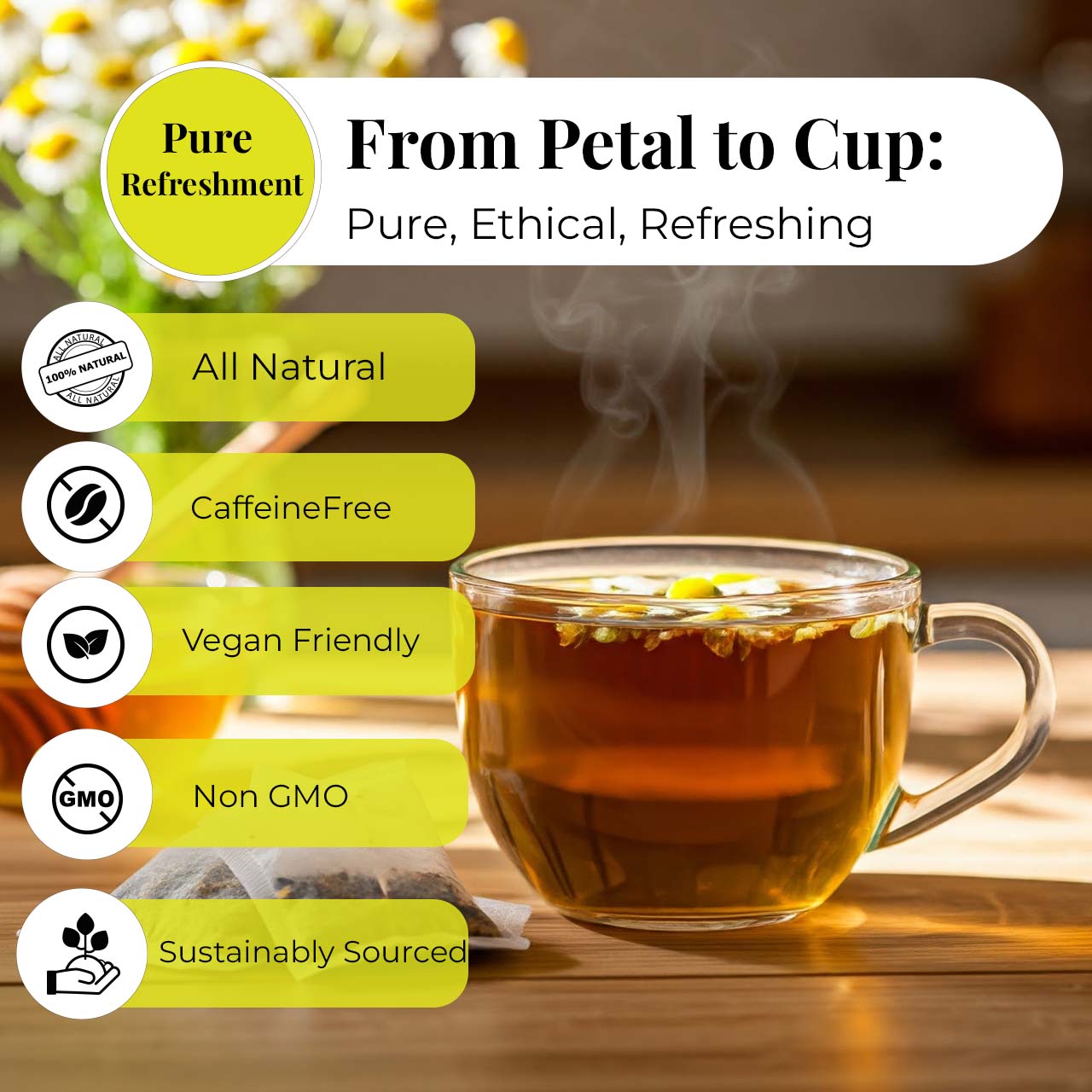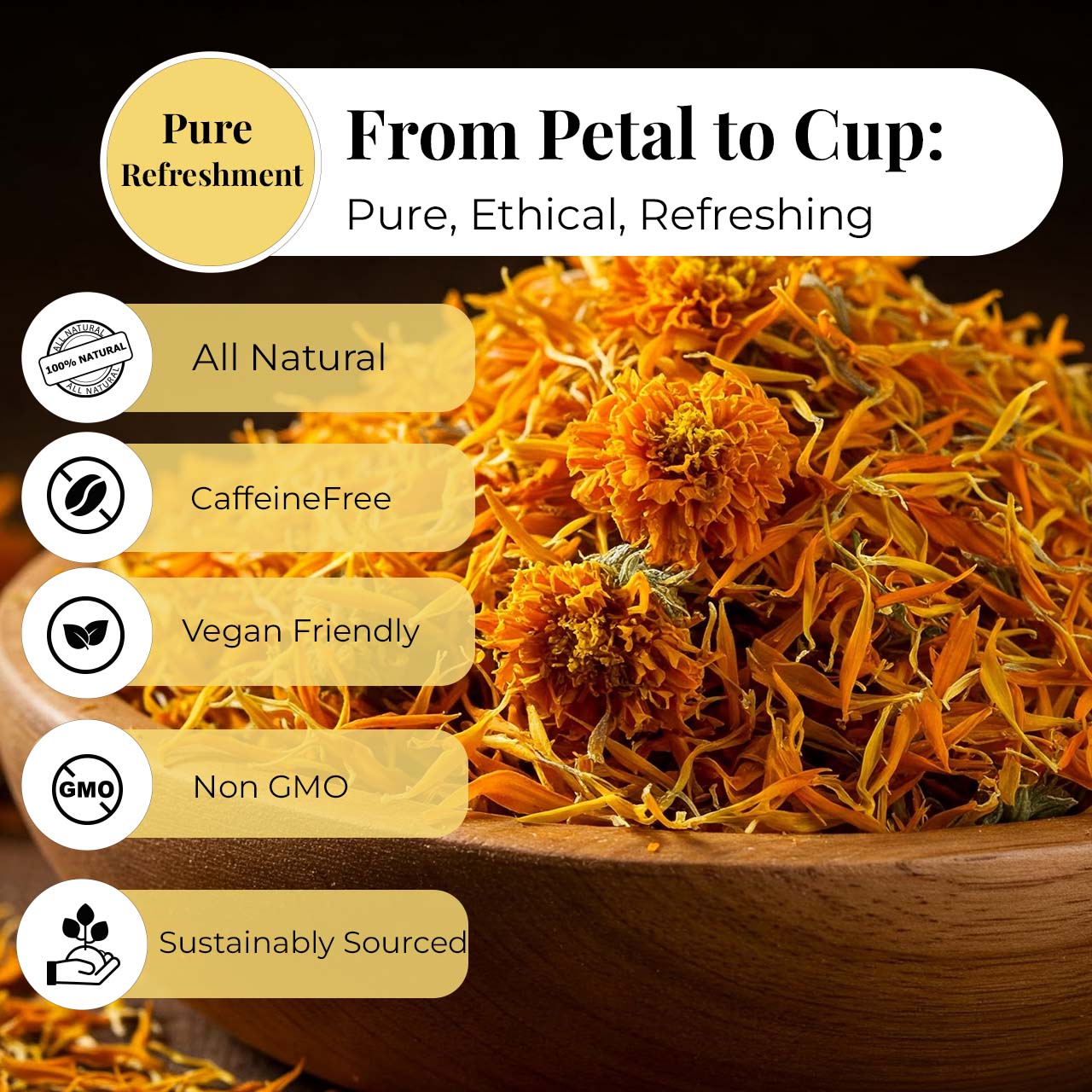The Rich Tapestry of African Herbal Medicine
Africa has long been known as the cradle of civilization, and with that title comes centuries of wisdom in medicine, culture, and spirituality. Among its greatest treasures lies the art of herbal healing, a practice deeply woven into the fabric of daily life. From the lush green highlands of Uganda to the savannas of Kenya and the fertile soils of Tanzania, herbs and spices have served as the first line of defense against disease, fatigue, and even spiritual imbalances.
Unlike modern pharmaceuticals that isolate compounds, traditional African healing embraces the whole plant. Leaves, roots, bark, flowers, and seeds are used not only for their physical benefits but also for their symbolic and spiritual meaning. In Uganda and its neighbouring regions, communities still rely on plants such as moringa, hibiscus, soursop, neem, turmeric, ginger, and African basil. These are more than ingredients—they are stories passed down through generations, shaping how health is perceived and nurtured.
The revival of interest in natural remedies worldwide has turned the spotlight on African herbs. Today, moringa is hailed as a “superfood,” hibiscus is a celebrated tea for heart health, and soursop is researched for its potential medicinal properties. But behind the modern scientific excitement lies a deep reservoir of cultural heritage.
Uganda’s Heritage of Healing Through Nature
Uganda, often called the “Pearl of Africa,” is blessed with an incredible diversity of flora. Its fertile soils and tropical climate make it a perfect home for medicinal herbs and spices. Traditional healers, known locally as “Basawo abaganda”, are still consulted in rural and urban areas alike.
The Role of Storytelling in Preserving Herbal Wisdom
In Ugandan communities, knowledge of herbs is not written down but shared orally. Elders pass stories about plants to younger generations—stories that blend practical instructions with myth and spirituality. For example, a grandmother may teach her granddaughter not only how to brew hibiscus tea for high blood pressure but also recount the tale of how hibiscus was believed to cool the fiery anger of ancestral spirits.
This storytelling does more than preserve recipes; it ensures that the relationship between people, plants, and nature remains sacred. Each herb has a story, and each story has a purpose—whether it’s about healing the body, strengthening family ties, or maintaining balance with the spiritual world.
Moringa – The “Miracle Tree” of East Africa
Few plants carry as much prestige in African healing as moringa (Moringa oleifera). Known locally in Uganda as Moringa, it is often referred to as the “Miracle Tree” because nearly every part of it—leaves, pods, seeds, and roots—can be used for food or medicine.
Nutritional and Medicinal Properties of Moringa
Moringa leaves are packed with nutrients: vitamins A, C, and E; calcium; potassium; and essential amino acids. Traditional healers use them to fight malnutrition, boost immunity, and improve energy levels. Modern studies have also highlighted moringa’s antioxidant, anti-inflammatory, and antimicrobial properties, aligning with what African communities have known for centuries.
Local Uses of Moringa in Uganda
In rural Uganda, mothers often add moringa powder to porridge for children, ensuring they grow strong even in times of food scarcity. Healers prepare moringa teas for people recovering from illnesses, believing it restores strength and vitality. Its seeds are even used in some regions to purify water, showing that its value extends beyond medicine.
Communities see moringa as more than just a plant—it is survival, health, and resilience all in one.
Hibiscus – The Heart-Healthy Blossom
Among Uganda’s most cherished plants is the hibiscus flower, locally known as Malakwang in some dialects. Its bright crimson petals are not just a feast for the eyes but also a staple in traditional teas and infusions.
Traditional Preparation of Hibiscus Tea
Ugandan households commonly prepare hibiscus tea by steeping dried petals in hot water. Sometimes, a touch of honey or sugarcane juice is added to balance its naturally tart flavor. This refreshing drink is believed to:
-
Cool the body in hot weather
-
Reduce high blood pressure
-
Cleanse the blood and boost circulation
Families often serve hibiscus tea during communal gatherings, not only for health but also as a symbol of hospitality and vitality.
Hibiscus in Ugandan and Neighbouring Cultures
In Uganda, hibiscus is often linked to love and energy. Folktales describe it as a plant that restores harmony between couples, thanks to its deep red color associated with the heart. In Sudan and parts of Northern Uganda, hibiscus is part of wedding ceremonies, served as a drink to bless the union with long-lasting health and happiness.
Modern science backs these traditions. Studies have shown hibiscus can help lower cholesterol, regulate blood pressure, and support cardiovascular health. This blend of ancient wisdom and modern validation makes hibiscus one of the most celebrated herbal remedies in Africa today.
Soursop Leaves – A Tropical Treasure
The soursop tree (Annona muricata), locally called Ekitafeli in some Ugandan communities, is another staple in African healing traditions. While its prickly green fruit is well-known for its sweet and tangy flavor, the leaves hold the true medicinal power in traditional remedies.
Folk Uses of Soursop in Healing
Traditional healers in Uganda and neighbouring countries use soursop leaves in teas and poultices to address ailments such as:
-
Fever and malaria symptoms
-
Digestive problems
-
Stress and insomnia
-
Joint and body pains
The leaves are usually dried and brewed into a soothing tea, often consumed in the evenings for calmness and relaxation.
Modern Interest in Soursop Tea
In recent years, soursop has gained global attention, with ongoing studies exploring its antioxidant and immune-boosting properties. While research is still in its early stages, the enthusiasm mirrors what Ugandan healers have believed for generations: soursop leaves restore balance and wellness.
International demand has led to a rise in Ugandan exports of dried soursop leaves, creating opportunities for local farmers while also spotlighting the importance of preserving indigenous knowledge.
Other Notable Herbs and Spices in Uganda’s Healing Practices
While moringa, hibiscus, and soursop are widely recognized, Uganda’s herbal medicine cabinet is far richer. Several other herbs and spices remain integral to local health traditions.
Neem
Known as the “Village Pharmacy”, neem (Azadirachta indica) is used to treat skin conditions, boost immunity, and even repel mosquitoes. Ugandan healers use neem leaves in baths to cleanse the body of “negative energies” while also addressing physical ailments.
Turmeric
Turmeric (Curcuma longa), with its deep golden hue, has been embraced for centuries as an anti-inflammatory spice. In Uganda, it’s blended into teas or porridges to soothe stomach problems and joint pain. Its vibrant color also links it to rituals of renewal and protection.
Ginger
Fresh ginger root is a household staple. From cough syrups to teas, ginger is used to warm the body, fight colds, and improve digestion. It’s also believed to boost resilience during Uganda’s rainy season, when respiratory illnesses are common.
African Holy Basil (Ocimum gratissimum)
Locally known as Mujaja, African basil is one of the most sacred herbs in Uganda. Beyond its culinary uses, it is believed to chase away evil spirits when burned as incense. As a tea, it’s used to ease colds, stomachaches, and anxiety.
Spiritual and Cultural Dimensions of Herbal Healing
In Uganda and neighbouring regions, herbal healing is not purely physical—it is deeply intertwined with spirituality and culture. Traditional medicine recognizes that wellness encompasses body, mind, and spirit. Healers often perform rituals to bless the herbs, the patient, and the surrounding environment, ensuring that the plant’s energy supports healing effectively.
Rituals, Ancestral Blessings, and Plant Use
Plants such as African Holy basil and neem are commonly used in ceremonial practices. Burning dried leaves releases aromatic smoke believed to ward off negative energies. Some families maintain sacred herb gardens, where moringa, hibiscus, and soursop are grown specifically for ritual and medicinal purposes.
Storytelling and songs accompany healing sessions, embedding the knowledge of herbs in cultural memory. Children learn not only which plants heal which conditions but also the moral and ethical values associated with the care and use of these plants. This cultural continuity ensures that knowledge survives even amid rapid modernization.
Scientific Validation and Global Recognition
While traditional African medicine relies on oral knowledge and observation, modern science has begun to validate many of its claims.
Studies on Moringa, Hibiscus, and Soursop
-
Moringa: Research has shown moringa leaves are rich in antioxidants and have anti-inflammatory properties, supporting immune function and overall health.
-
Hibiscus: Clinical studies confirm hibiscus tea can help reduce high blood pressure and cholesterol levels, aligning with traditional uses in Uganda.
-
Soursop: Laboratory studies highlight soursop leaves’ antioxidant activity and potential antimicrobial effects, reinforcing folk beliefs about its healing qualities.
For further scientific insights, the National Center for Biotechnology Information provides comprehensive research on these herbs. The convergence of traditional wisdom and modern evidence has boosted the credibility of African herbal medicine globally, turning local practices into a source of international interest.
Challenges in Preserving Traditional Knowledge
Despite growing recognition, African herbal medicine faces several challenges:
-
Modernization: Urban migration and western medicine often overshadow traditional practices.
-
Documentation: Much knowledge remains oral, risking loss as older generations pass.
-
Overharvesting: Increased demand for herbs like soursop and moringa can lead to environmental strain.
Communities are now seeking sustainable cultivation methods and ways to document herbal knowledge digitally, ensuring the wisdom survives for future generations.
Integrating Traditional Herbs into Modern Wellness Practices
Modern wellness enthusiasts and herbal product companies are increasingly incorporating African herbs into teas, supplements, skincare products, and functional foods. For example:
-
Moringa powders and capsules for daily nutrition
-
Hibiscus teas marketed as heart-healthy beverages
-
Soursop leaf extracts in natural remedies and teas
By respecting cultural heritage while following modern quality standards, these herbs maintain their traditional significance while reaching a broader audience.
FAQs
Q1: Are moringa leaves safe for children?
Yes, when given in moderate amounts, moringa leaves are safe and highly nutritious for children, often added to porridge.
Q2: Can hibiscus tea lower blood pressure?
Studies suggest that hibiscus tea can help reduce mild to moderate hypertension. However, consult a healthcare provider for chronic conditions.
Q3: How is soursop traditionally prepared for medicinal use?
Soursop leaves are typically dried and brewed into tea or used in poultices for topical ailments.
Q4: Is African basil safe to consume daily?
Yes, African basil can be consumed as tea or seasoning, though moderation is recommended, particularly for pregnant women.
Q5: Can these herbs replace modern medicine?
While these herbs have therapeutic benefits, they should complement—not replace—modern medical treatments, especially for serious illnesses.
Q6: How can I buy authentic Ugandan herbal products?
Look for certified suppliers, local cooperatives, or websites specializing in African herbs, ensuring quality and authenticity.
Conclusion: Healing Lessons from Uganda and Beyond
Uganda and its neighbouring regions offer a living library of herbal wisdom. From the nutrient-rich leaves of moringa to the heart-healthy hibiscus and the versatile soursop, these herbs demonstrate that nature has always provided remedies if we listen and observe carefully.
African herbal healing is more than medicine; it is a cultural practice, a spiritual journey, and a source of sustainable wellness. By combining traditional knowledge with modern science, we can ensure that these remedies continue to heal and inspire generations worldwide.
For anyone seeking to explore natural wellness and holistic healing, Uganda’s herbal treasures provide a compelling starting point.






























